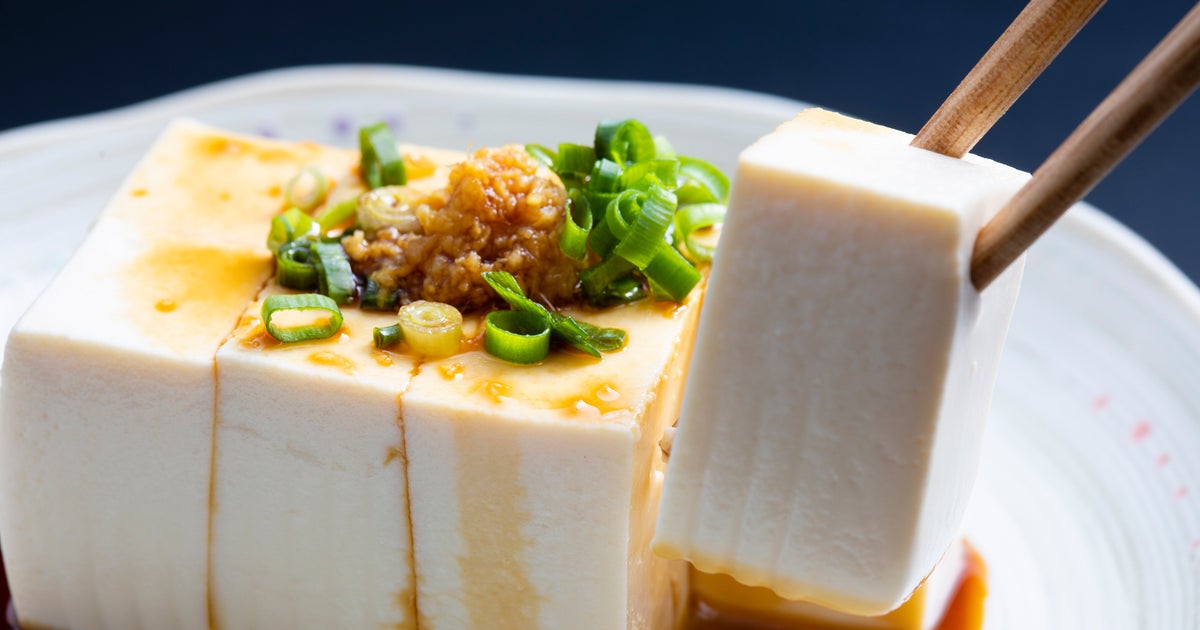Are you overwhelmed by the various types of tofu available at the grocery store? Each one has its own purpose, but it can ruin a dish if used incorrectly. When I was younger, I made the mistake of using the wrong tofu in a stir-fry, and it turned into a messy disaster. That experience taught me the importance of selecting the right tofu and using it properly.
But first, let’s understand what tofu actually is. If you aren’t familiar with tofu, you might find it confusing. There are different varieties like water-packed, shrink-wrapped, aseptic boxed, soft, and firm. As a chef, cooking class instructor, and recipe developer, I’ve experimented with all kinds of tofu, and I believe that everyone can find a tofu dish they love if they choose the right type and know how to use it.
To give you a basic overview, tofu is made by cooking yellow soybeans in water, grinding them into a slurry, straining to obtain soy milk, and then coagulating the soy milk to form solid tofu. The process of making and cooking with tofu varies across different Asian cultures, including Chinese and Japanese traditions. Unfortunately, American grocery stores often offer limited options compared to the vast variety available.
The Japanese-style tofu that fell apart in my stir-fry is known as silken tofu. It is made by thickening soy milk with a coagulant, resulting in a delicate, smooth-textured tofu. Silken tofu is commonly used in dishes like miso soup. On the other hand, Chinese-style tofu is the type I enjoyed in my stir-fry at the House of Hunan. This tofu is made by adding a coagulant that separates the proteins from the water, creating loose clumps or curds. The curds are then drained, pressed, and molded to form “cloud” tofu with a spongy and dense texture. The longer the tofu is pressed, the firmer and denser it becomes. Soft Chinese tofu has a curded texture but can be used similarly to silken tofu because of its moisture and softness.
Different coagulants can also be used in tofu production, resulting in variations in taste and texture. Commercial tofu may be coagulated with gypsum, Epsom salts, nigari, glucono delta lactone, or a combination. Tofu makers carefully choose their ingredients to enhance the sweetness, bitterness, or gelled texture of the tofu.
Now that you understand the different types of tofu let’s discuss when to use each one. Silken or soft tofu is perfect for pureeing into puddings, cheesecakes, dressings, smoothies, or creamy soups. It is commonly found in miso soup or enjoyed chilled with toppings like scallions and soy sauce. These types of tofu are too wet and tender for shallow frying, but they can be deep-fried after being coated in batter.
Medium or firm tofu is great for classic stir-fries, tofu scrambles, baked marinated tofu, and tofu burgers. It holds its shape well and allows for a good crust or sear while keeping the interior tender.
Extra firm tofu is ideal for grilling and creating chewier versions of your favorite stir-fries. It has a dense texture, allowing you to pat it dry, brush it with oil, and grill it without worry.
If you’ve never tried silken tofu before, here’s a delicious recipe to get you started:
Creamy Tofu-Dill Dressing:
This thick and creamy puree can be used as a dip, tossed with cooked potatoes or green salads, or as a dressing. If you prefer a thinner consistency, simply add water gradually until desired thickness is reached. Ensure that the tofu is completely smooth when processing it in a food processor to prevent any lumps.
Ingredients:
– 12.3 ounces (1 1/2 cups mashed) silken tofu, extra firm
– 1 medium cucumber, peeled, seeded, and chopped
– 1 teaspoon salt
– 1/2 teaspoon black pepper
– 1 clove garlic, chopped
– 1/4 cup dill pickle juice
– 1/4 cup avocado or canola oil
– 1 scallion, chopped
– 1/4 cup fresh dill weed
Instructions:
1. Place the tofu in a food processor and process until smooth, scraping down the sides frequently.
2. Add the garlic, salt, pepper, and half of the cucumber to the processor and blend until almost smooth.
3. With the machine running, drizzle in the pickle juice, followed by the oil. Process again to blend.
4. Add the remaining cucumber, scallion, and dill. Pulse to mix the ingredients together.
5. Transfer the dressing to a jar and refrigerate until ready to serve.
If you prefer using a blender, add the pickle juice and oil first, followed by the tofu, salt, pepper, garlic, and half of the cucumber. Blend until smooth. Then, add the remaining cucumber, scallion, and dill, and pulse to mix.
In conclusion, understanding the different types of tofu and their uses can greatly enhance your cooking experience. Whether you’re making stir-fries, dressings, or desserts, choosing the right tofu will ensure a delicious outcome. So, don’t let tofu intimidate you; embrace the variety and explore the world of tofu dishes.
Denial of responsibility! VigourTimes is an automatic aggregator of Global media. In each content, the hyperlink to the primary source is specified. All trademarks belong to their rightful owners, and all materials to their authors. For any complaint, please reach us at – [email protected]. We will take necessary action within 24 hours.


